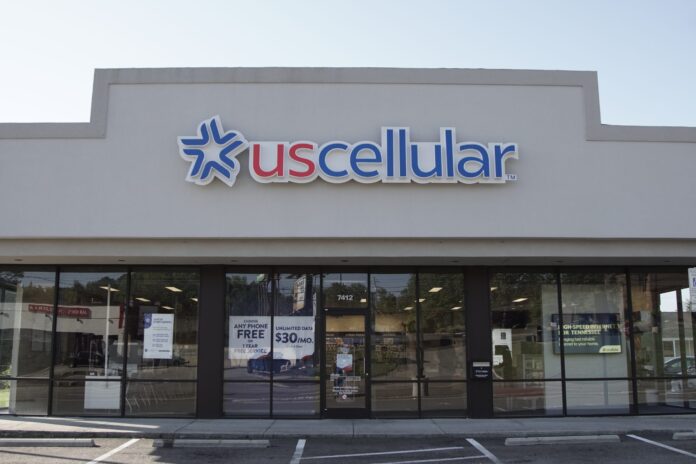As the Federal Communications Commission considers T-Mobile US’ proposed $4.4 billion acquisition of UScellular, the latter company’s executives recently sat down with FCC representatives to make the case in favor of the merger.
The picture they painted was of the largest remaining regional mobile network operator hemmed in by intense competition with both national carriers and cable companies now offering wireless services, steadily bleeding customers in spite of promotional efforts and facing a balance sheet weighed down by costly spectrum purchases for airwaves needed to compete in 5G, which ultimately hindered the company’s ability to invest in its network.
UScellular laid out the following assessment of its market position and justifications for the proposed merger.
-UScellular has been losing wireless customer lines for years now, and the losses have been accelerating. The company said that even when it stepped up promotional incentives in 2022 in an effort to reverse that trend, it still saw customer losses rather than gains. By total mobile connections, UScellular is the seventh-largest U.S. service provider, with a smaller mobile customer base than cable companies such as Comcast have amassed.
-The company blamed, in part, the high cost of 5G midband spectrum as contributing to its financial woes. “UScellular took on significant debt to purchase the mid-band spectrum needed to compete in 5G,” the company said in its FCC filing. It has to pay that debt back amid declining subscriber revenues—so it says it invested less in its network as a result.
-Executives described a compounding cycle in which the company was less able to invest in its network than competitors, resulting in customers being relatively dissatisfied with their experience and moving to competitors, and then having even less revenue to invest in its network and operations.
-UScellular said that due to its market position and the state of its existing business, with a dispersed geographic footprint that covers parts of the Midwest and the West, and “lack of scale,” it looked at alternatives to the merger and concluded that “it could not reorganize itself out of these disadvantages and that its efforts to remain competitive would not materially improve its position.”
If the merger is approved, UScellular will shift its focus to being an infrastructure provider rather than a mobile network operator. T-Mobile US plans to purchase about 30% of UScellular’s spectrum outright and enter into a long-term lease for at least 2,000 UScellular-owned towers, in addition to the 600 sites on which it is already a tenant. Additionally, for up to one year after the transaction closes, T-Mo will lease additional spectrum that is already in use in UScellular’s network, to help smooth the transition for customers. UScellular has said that it plans to “opportunistically monetize its remaining spectrum assets.”
T-Mo wants to buy the smaller carrier’s wireless subscribers, operations and network assets except for the company’s owned towers. In terms of spectrum, T-Mo would pick up complementary pieces to its portfolio, including all of UScellular’s 600 MHz, 2.5 GHz and 24 GHz spectrum, and the majority of its 700 MHz A block, AWS and PCS airwaves.
UScellular will retain the nearly 4,400 towers that it owns, as well as about 70% of its spectrum and its equity method investments including its wireless partnerships, which the company has said generated about $158 million in income last year.
UScellular is the fifth largest tower company in the United States, and the deal would solidify that position.

